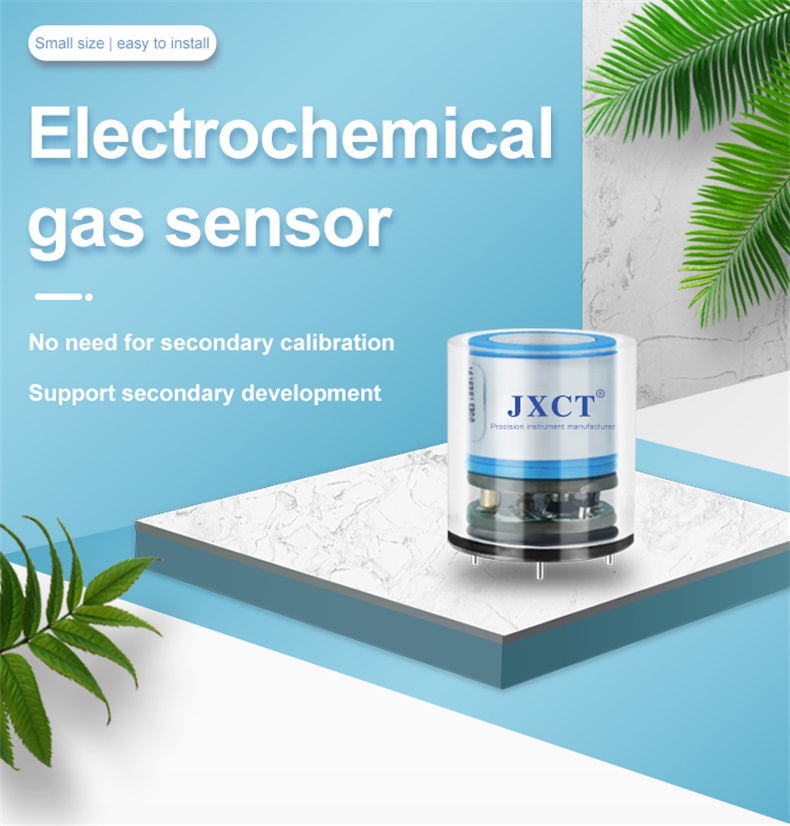Summary:
Japan’s Research Institute of Industrial Technology has developed a tiny thermoelectric hydrogen sensor that can be integrated into a semiconductor chip. The detection range (hydrogen concentration in the air) was between 0.5 PPM and 5 percent. Used for leak detection of hydrogen station and other facilities. Samples of the sensors will be provided to relevant agencies in the future with an eye to their application in hydrogen facilities.
The hydrogen sensor forms a platinum catalyst pattern supported by a ceramic material on the thermoelectric conversion MEMS element. Compared with previous sensors, the sensor is more capable of utilizing the performance of platinum catalyst, so it has good sensitivity and durability.
Because hydrogen in the air explodes at a concentration of 4%, hydrogen leak detection requires hydrogen sensors that can perform high-precision detection in the range of PPM to 4%, the lowest explosive limit. However, previous contact-combustion and semiconductor hydrogen sensors have been difficult to detect over a wide range of parts per million to a few percent.

For example, the contact combustion gas sensor relies on the resistance change of the detection signal sensor to detect, so it is more effective in the detection of high concentration area, but in the low concentration area, due to the low sensitivity, it is actually impossible to detect at all. Specifically, when the temperature changes by 0.01℃ due to combustion heating, the resistance change is only 0.004%, which is actually undetectable and therefore cannot be used as a sensor.
Product introduction:
The newly developed thermoelectric hydrogen sensor is composed of thermoelectric conversion film and platinum catalyst film formed on the surface. The thermoelectric conversion film is used to convert the local temperature difference caused by the heating reaction between hydrogen and catalyst into voltage signal. Therefore, as long as the use of high-performance thermoelectric materials can be enough to complete the detection task of the signal.
The newly developed sensor uses a combination of catalytic reactions and thermoelectric conversion functions to convert the voltage generated by the element itself into a signal, which not only increases the range of detectable concentrations, but also is less susceptible to external temperature. Adopt the principle of hydrogen sensor in NEDO (new energy industry technology comprehensive development agency) conducted by the industrial technology research support project – “the development of new H2 sensor using thermoelectric oxides” have been developed successfully, but would like to open a low cost and high sensitivity of the sensor, also needs to be developed as the sensor component miniaturization and integration technology, And microheater technology.

Advantage:
This development mainly solves the sensor component manufacturing technology of forming thermoelectric film, catalyst film, electrode, wiring and heater on semiconductor wafer. At the same time, it also improves the durability of the sensor and reduces the production cost. As the key technology of thermoelectric conversion element, the thin film forming technology of forming SiGe film by sputtering evaporation and then heat treatment was established. Because of the high thermoelectric properties of SiGe thermoelectric conversion materials, semiconductor processes are well suited. In order for the catalyst to function stably without the influence of atmospheric water vapor, the temperature should be maintained at 100℃. As an integrated heater technology for maintaining catalyst temperature, MEMS technology is used to develop a high insulation micro heater. A 4×4mm2 sensor chip was fabricated by integrating thermoelectric diagram, microheater and catalyst onto a thin film with a size of about 1×2mm2.
In the ceramic-supported platinum catalyst durability test, the newly developed micro thermoelectric hydrogen sensor was placed at room temperature of about 65% for 3 months, during which its reaction characteristics to 100ppm, 1000ppm and 1% hydrogen concentrations were tested. The results show that the performance is very stable. This time, the company uses a common semiconductor process to integrate the micro sensor into the silicon base plate. Therefore, the company believes that it can also integrate the electronic circuit to process the sensor signal in the future, which facilitates miniaturization and reduces the production cost through mass production, which has great practical potential.